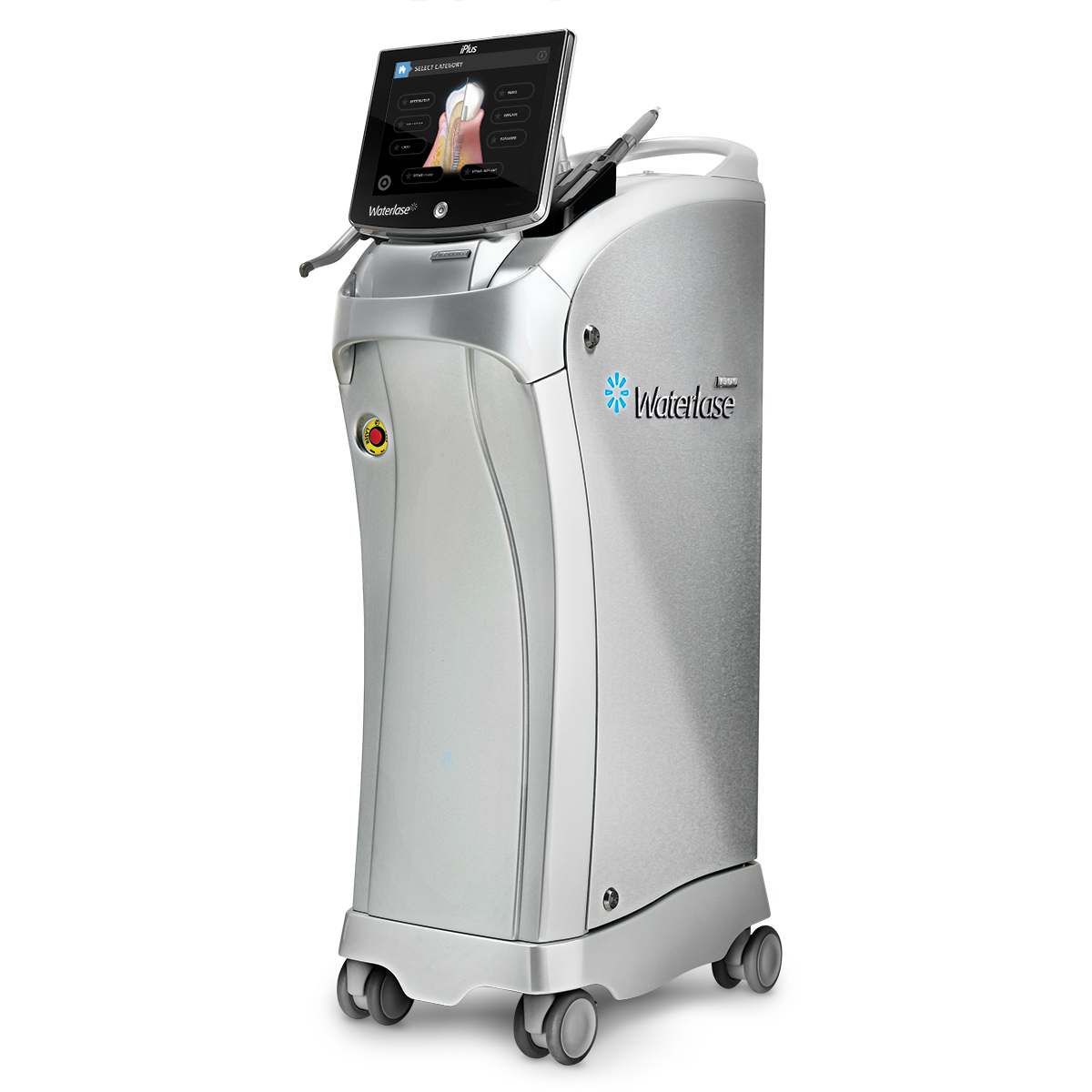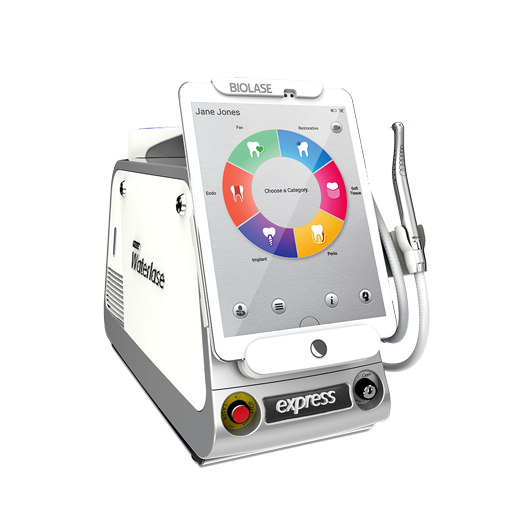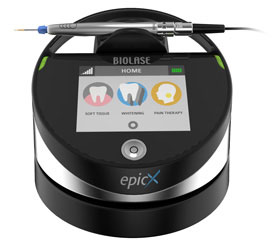Treating periodontitis, a common infection that can damage the gums, is possible but what is the best course of action?
One out of every two American adults aged 30 and over has periodontal disease, according to recent findings from the Centers for Disease Control and Prevention (CDC).
In an effort to tackle this problematic disease, the International and American Associations for Dental Research recently published an information-packed study titled “Predicting Periodontitis at State and Local Levels in the United States” in the Journal of Dental Research. Researchers collected data on age, race, gender, smoking and poverty to estimate the prevalence of periodontitis by geographical region.
Overall, the highest prevalence of gum disease was found among southeastern and southwestern states, concentrated in pockets stretching along the Mississippi Delta, along the US-Mexican border, and among Native American reservations. Other areas with an estimated high prevalence of periodontitis were southern Florida, Hawaii and remote areas of western Alaska.
The findings indicate disparities among certain segments of the US population. For instance, the disease is higher in men than women and is highest in Mexican-Americans compared to other races. Other segments with high prevalence rates include smokers, those living below the federal poverty level, and those with less than a high school education.
Perio issues are also associated with age, and as Americans live longer and retain more of their natural pearly whites, periodontal disease may take on more prominence in the oral health of the US adult population.
The study should elevate periodontal disease as a public health concern. Periodontal disease is one of the most prevalent non-communicable disease in the US population, similar to heart disease and diabetes. Sam Low, DDS, a highly respected periodontist, mentor, clinician, and academecian says, “gum disease is not just about gums. Gum disease is about gums, teeth, and bones. Patients need earlier intevention, earlier diagnosis, and earlier treatment.”
The American Academy of Periodontology recommends that every patient receive a comprehensive periodontal exam (CPE), on an annual basis. Dentists have the capability to intervene sooner. Patients need earlier diagnosis and earlier treatment. Here’s what you can do to help patients understand gum disease.
Identify high-risk patients
Assess patients for periodontal disease risks. Use a comprehensive medical history form to help reveal potential teeth and gum problems.
Explain periodontal disease
Put the patient at ease by telling them that many adults in the US have some form of the disease. Let patients know that whether gum disease is stopped, slowed, or gets worse depends on the effort they put forth into their teeth and gums every day, for the rest of their life.
Explain what causes periodontal disease
Bacteria causes gum disease. These nasty bacteria, along with tiny food particles, constantly form a gooey plaque on teeth. Consistent brushing and flossing, and dental cleanings help get rid of plaque. Neglecting teeth and gums over time causes a hard build-up of tartar that can only be removed by a dentist or dental hygienist.
Discuss gum disease and overall health
Researchers have observed that periodontal disease is associated with other diseases.
Review medical history with every patient
High-risk patients may use tobacco, present hormonal problems, have diabetes or other illnesses, take medications, or are genetically susceptible.
Complete a Comprehensive Periodontal Exam
Educate patients on the value of periodontal exams. Perform CPEs on an annual basis to make sure teeth and gums are in tip-top condition.
Prescribe radiographs
Yes, they are necessary. Explain how x-rays help reveal whether there is any bone loss.
Offer treatment options
The goal of treatment is to control the infection. Treatment options will vary, depending on the extent of the gum disease. Educate your patient on all options including traditional scaling and root planing, surgery, medications, and patient-friendly laser treatment.
Encourage better home care
Any type of treatment requires that the patient maintain good daily care at home. Encourage healthy oral habits that include brushing for two minutes every day with a fluoridated tooth paste and flossing.
Periodontal disease is a chronic inflammatory disease that affects the gum tissue and bone supporting the teeth. If left untreated, the unawesome disease can run amok and lead to tooth and/or bone loss. Intervene now for earlier treatment and better outcome.



